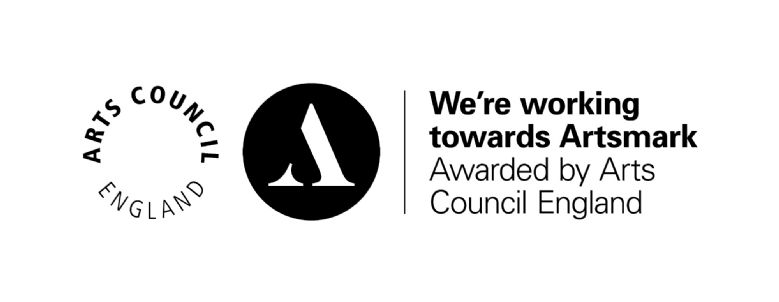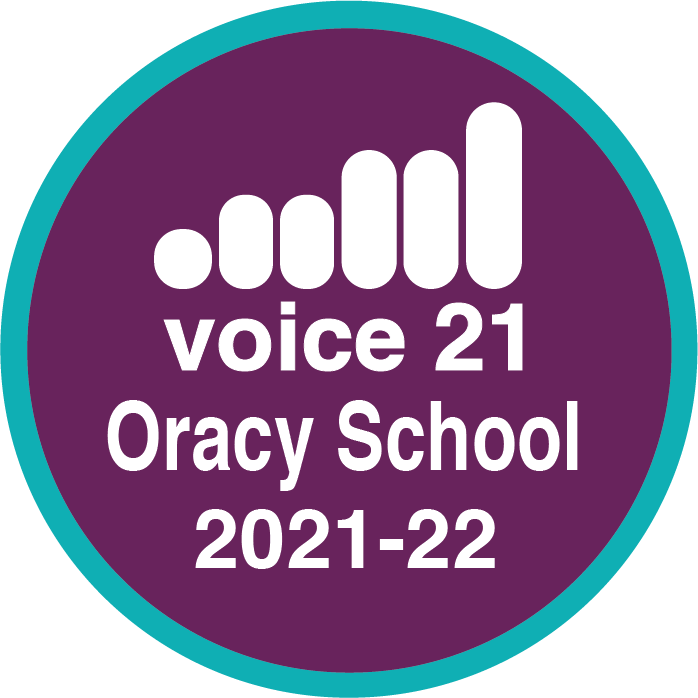Times Tables and Number Bonds
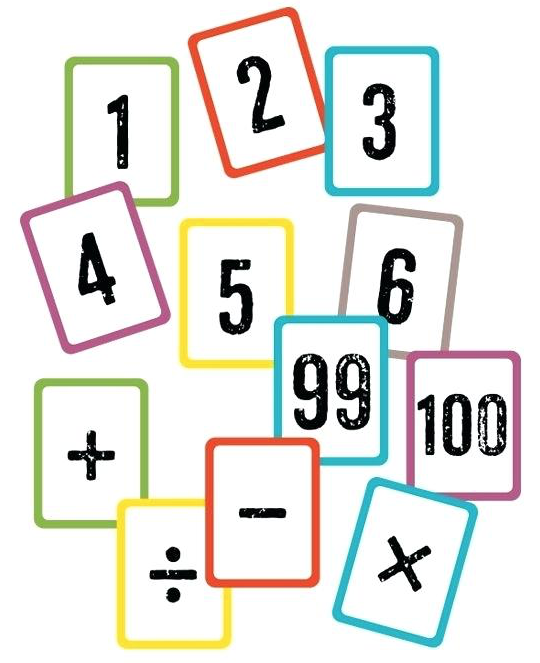 Practising your times tables and number bonds with your child isn't always easy. There are many different ways to learn them and below we have detailed a few tips and tricks that we have learnt over the years to help you at home.
Practising your times tables and number bonds with your child isn't always easy. There are many different ways to learn them and below we have detailed a few tips and tricks that we have learnt over the years to help you at home.
Times Tables
Confidence with times tables is really important for children in primary school. By ensuring that your child is confident with times table you will be giving them some essential tools for success in mathematics. Below are a list of our top tips which will provide some useful advice and great ideas to help you support your child in learning their times tables.
Celebrating Times Tables
To celebrate the children's achievements and progress with their knowledge of multiplication, each week our Times Table Rockstars league board is updated in school. This is celebrated in our weekly celebration assemblies with certificates given out for improved accuracy and speed each week. Alongside this, pupils work hard as part of a times table battle to win points for their class to receive the times table trophy and to be top of the league board.
1. Get your child familiar with multiplication concepts
The first step with multiplication is to make sure your child is familiar with what the numbers in multiplications really represent. Before they can cope with multiplication they need to be confident with sequences of numbers.
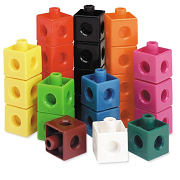 You can start when your child is quite young by practising counting in twos and threes, making number patterns and solving simple mathematical problems. Counting objects, making sets of similar objects and using blocks or LEGO can all help to increase your child’s confidence with number bonds and multiplication facts.
You can start when your child is quite young by practising counting in twos and threes, making number patterns and solving simple mathematical problems. Counting objects, making sets of similar objects and using blocks or LEGO can all help to increase your child’s confidence with number bonds and multiplication facts.
See below for the Oxford Owl Multiplication in School Guide [PDF] which includes more ideas on how to help with multiplication.
2. Double your numbers
If your child learns how to double numbers this will help them to make connections between different times tables, for example the 2, 4, and 8 times tables.
3. Practise tables as a time-filler
When you’re sitting at traffic lights or waiting in the doctor’s surgery it is the perfect opportunity for a bit of times table practice! It’s always better (for both your child and you!) to just spend a few minutes reciting or testing times tables rather than going into overdrive and spending too long practising them.
4. Use the right vocabulary
Make sure you are using the right language to talk about multiplication.
Take a simple multiplication sum, such as 3 x 5 = 15. The 3 and the 5 are what we call factors of 15 and that 15 is a multiple of 3 and 5.
You can also demonstrate this by looking at the whole 3 times table written out in a list. Point out that each answer is a number that is a multiple of 3.
Finally, you can give your child a few sums to solve that use multiples of 3.
5. Help them with the ones they find tricky
There are usually one or two multiplication facts in each times table that are more difficult. When you notice that your child is stumbling over the same fact each time, try to give them extra practice. You could even get your child to write the fact out in a fun way on a piece of card and then stick it somewhere prominent (like on the fridge) so that they have an extra reminder!
6. Use a number grid
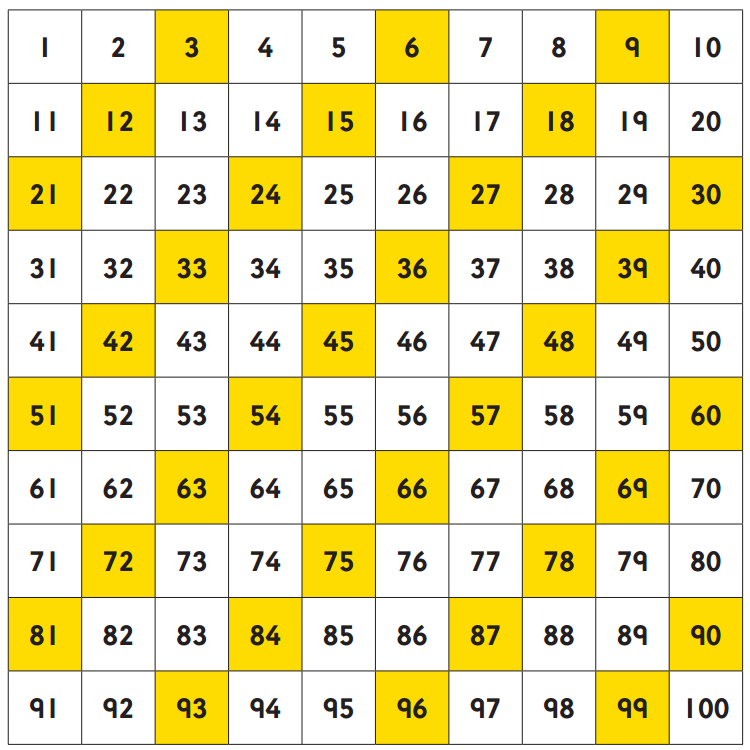 Printing off a simple 10 x 10 number grid can be a great way to demonstrate how times tables relate to number sequences. You can get your child to colour in multiples of different numbers on different number squares so that they can clearly see the number patterns.
Printing off a simple 10 x 10 number grid can be a great way to demonstrate how times tables relate to number sequences. You can get your child to colour in multiples of different numbers on different number squares so that they can clearly see the number patterns.
You can find a number square here, showing the 3 times table.
7. Divide and conquer
As well as learning the times tables, your child should also know the division facts for each times table. (For example, if 3 times 5 is 15, 15 divided by 5 is 3, and 15 divided by 3 is 5.)
8. Make it real
The danger with too much rote learning of times tables is that children can fail to see the use of times tables in real life. Try to take opportunities to get your child to use multiplication in problem solving, for example working out quantities for scaling up a recipe, or calculating the price of more than one item of shopping.
9. Create a challenge
Make it fun by turning times table practice into a competition or challenge for your child, by timing them and keeping a record of their scores. You could even join in yourself and set a challenge to learn a more difficult times table, such as the 13 times table and get your child to test you at the end of the week in exchange for testing them.
Please check out some of the activities attached to the page (at the bottom) to try at home. Below is also a few links to games for children to play and learn.
Times tables games
Multiply by 3 Multiply by 4 Multiply by 6
Multiply by 7 Multiply by 8 Multiply by 9
As a school we have purchased several App's that the children use to learn their times tables. Children in Year 2 and above have a log in to Times Table Rock Stars which you can find more information about on our online learning section.
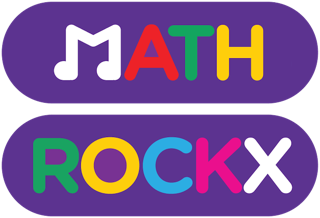 There is also another fantastic APP (although unfortunately it isn't free) which you can purchase through the Apple or Android App Store which is called 'Maths Rockx'. This is a collection of well known pop songs adapted to include the times tables for children to learn and sing along to. We use this in school and the children absolutely love it.
There is also another fantastic APP (although unfortunately it isn't free) which you can purchase through the Apple or Android App Store which is called 'Maths Rockx'. This is a collection of well known pop songs adapted to include the times tables for children to learn and sing along to. We use this in school and the children absolutely love it.
Number Bonds
Number bonds are pairs of numbers which make up a total. The number bonds for seven, for example, are 3 + 4, 2 + 5, 1 + 6 and 0 + 7. Children will practise remembering these at school to help with rapid recall and in further learning in mathematics. Here is some information on how number bonds can be taught in school so you can support your child at home too.
How are number bonds taught in school?
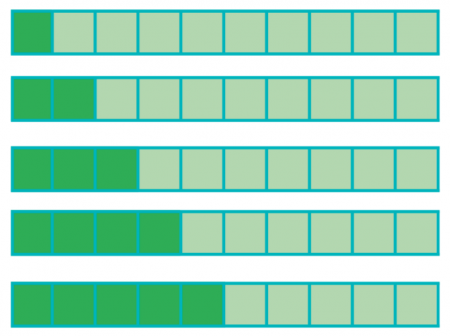 Teachers teach number bonds in a variety of ways. When learning number bonds to 5 or 10 in Key stage 1 it is always good to use pictorial representations, so a teacher might show rows of blocks shaded like this to make the concept clear.
Teachers teach number bonds in a variety of ways. When learning number bonds to 5 or 10 in Key stage 1 it is always good to use pictorial representations, so a teacher might show rows of blocks shaded like this to make the concept clear.
It is also good to show the children the connection between number bonds to ten, twenty and one hundred, for example:
![]()
How to practise number bonds at home
- Give your child ten counters (Lego bricks, past shapes, buttons, sweets) and ask them questions such as: What do you add to 3 to make 10? What do you add to 2 to make 10? Encourage them to use the counters to work it out.
- Print out number cards and ask your child to match them up into number pairs or number bonds (this can be done as a game of Snap).
- Write a list of ten numbers then time your child to see how long it takes them to write down the other number that makes up each pair (2 and 18; 5 and 15; 4 and 16).
Knowledge of number bonds is essential when it comes to harder calculations involving addition and subtraction (for example, children learn to use the bridging through 10 method to help them add numbers mentally), so it is vital children get a firm grounding in this from Years 1 to 3.

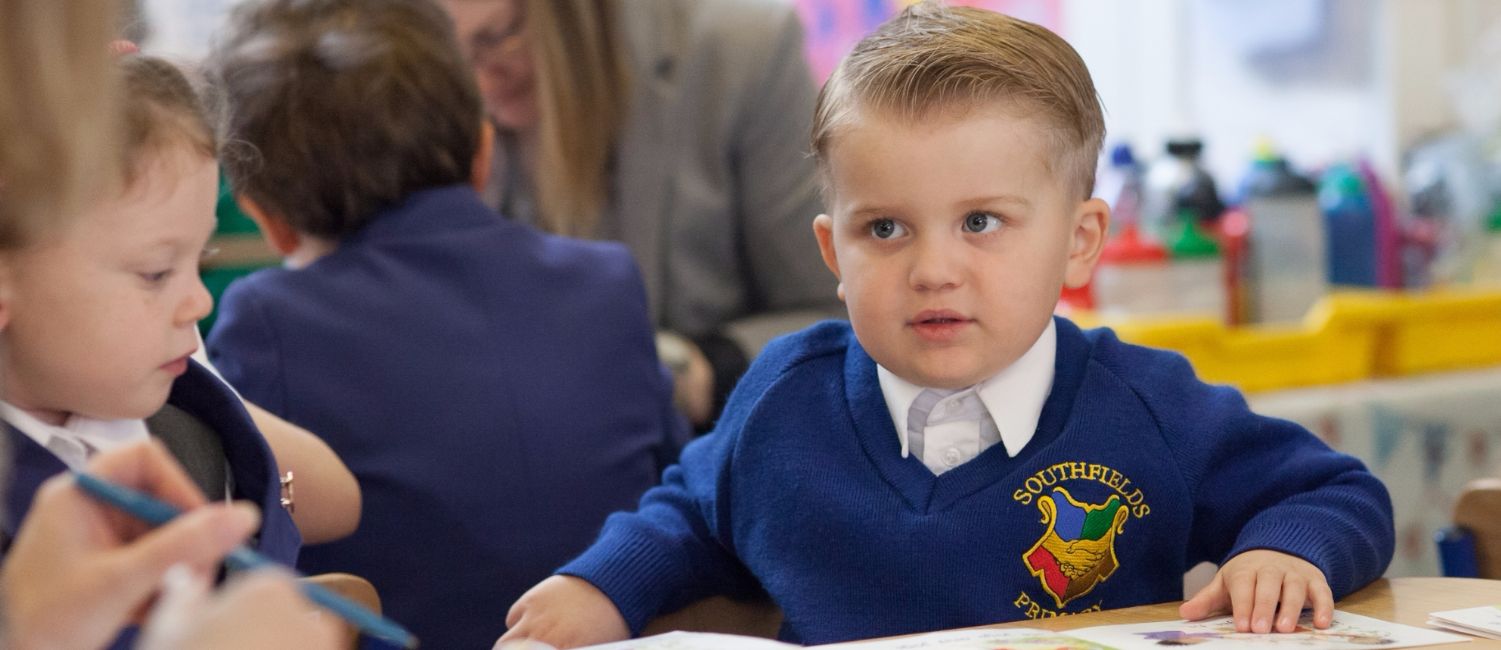
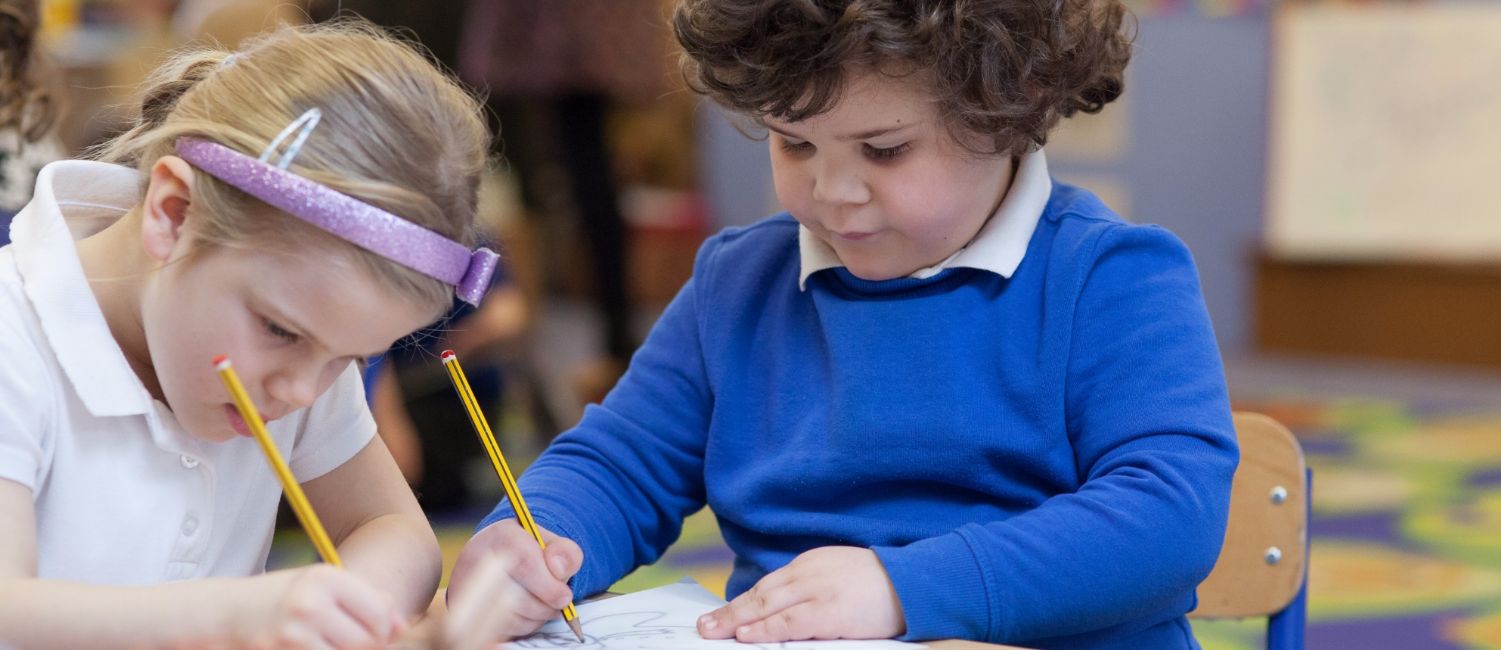
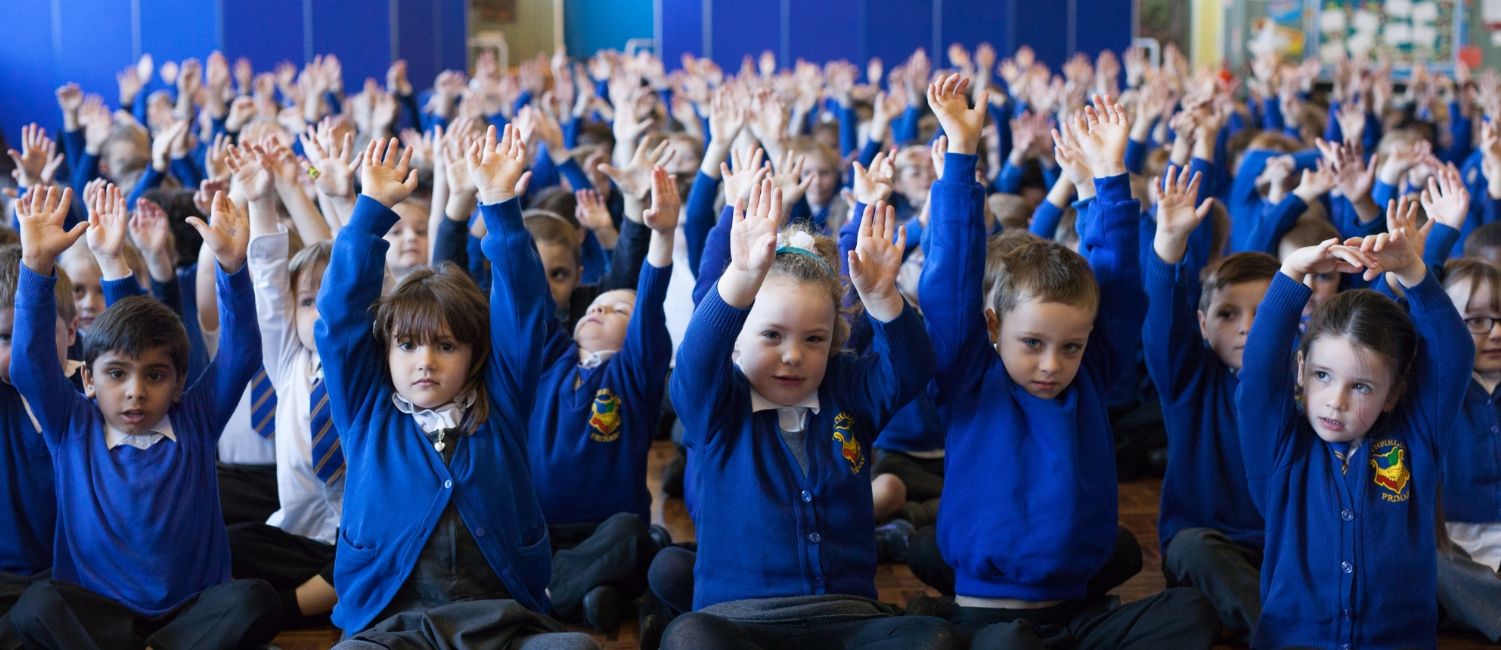
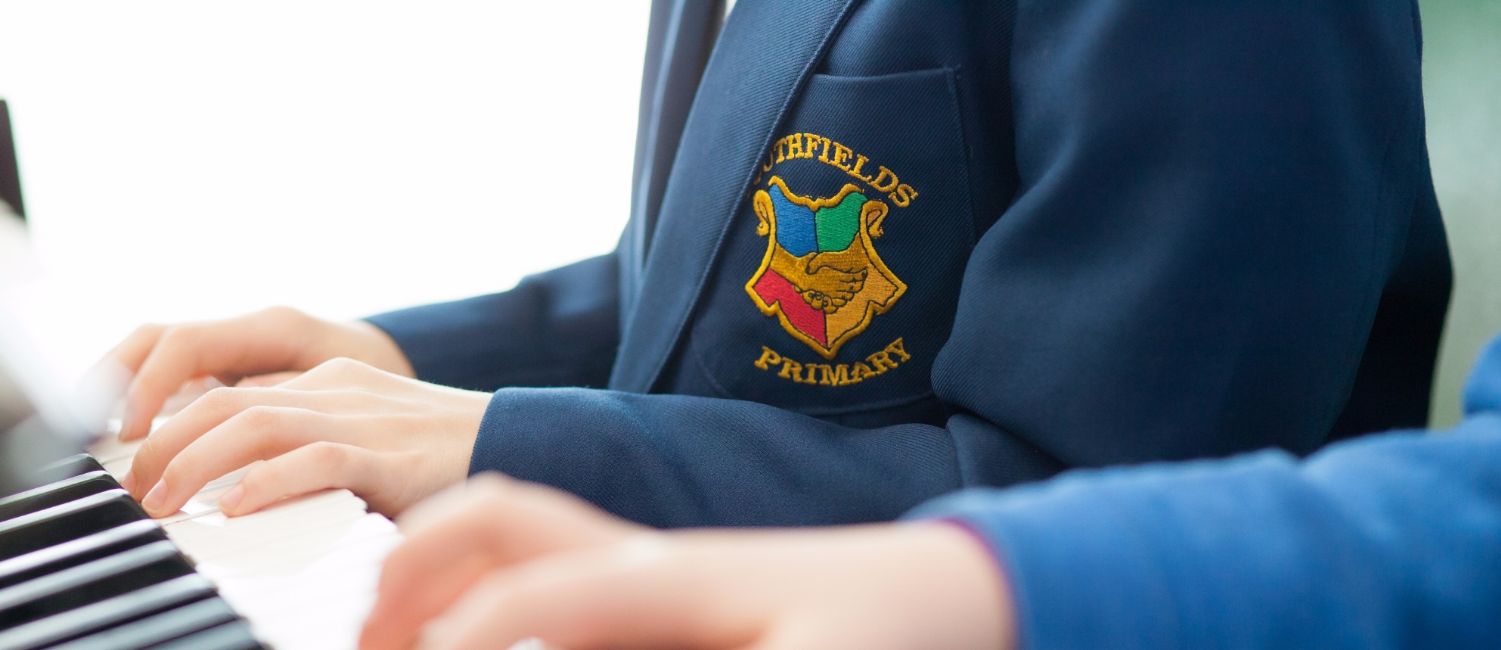
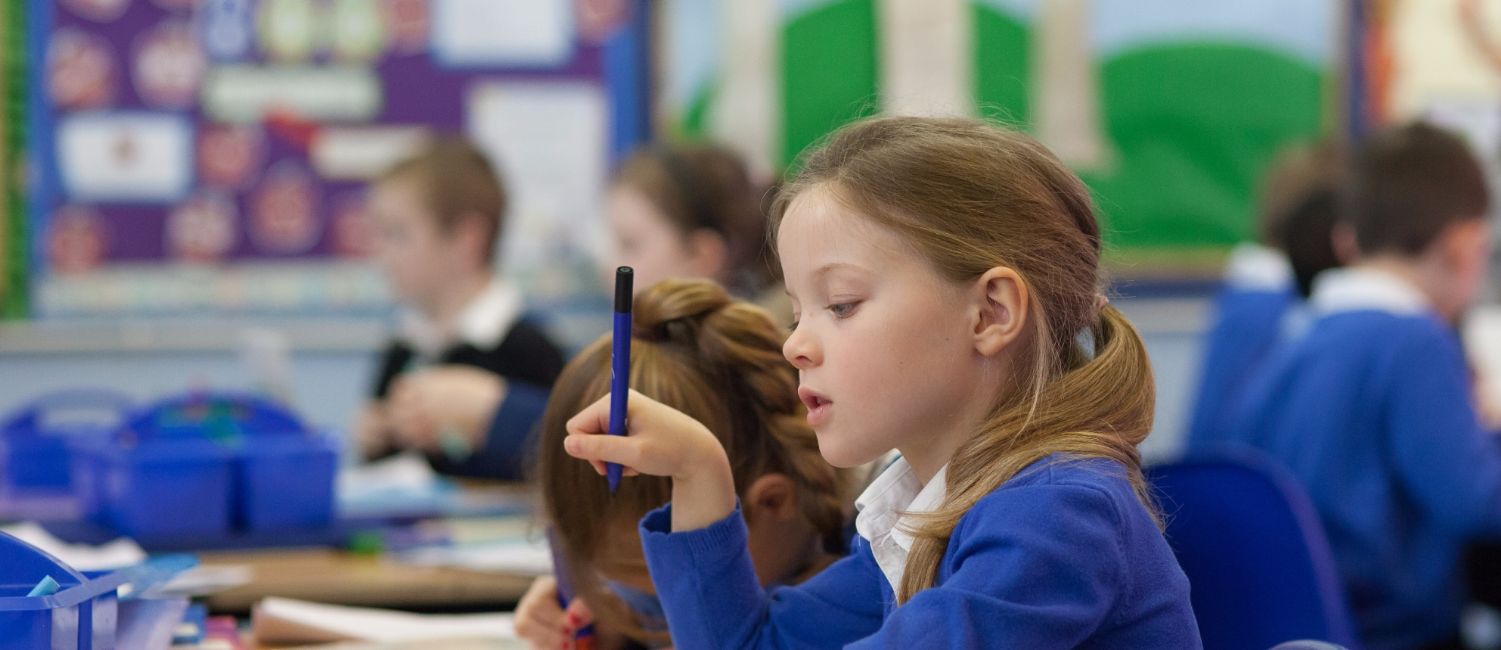
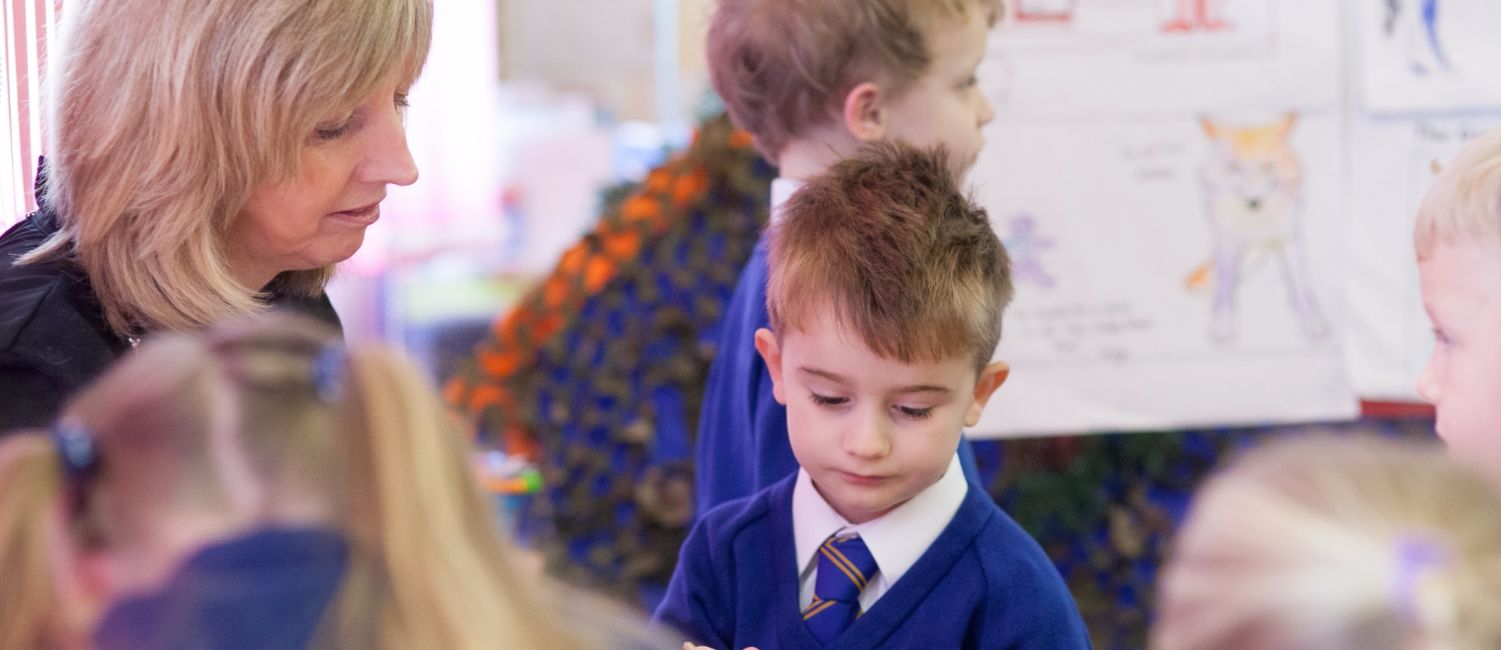
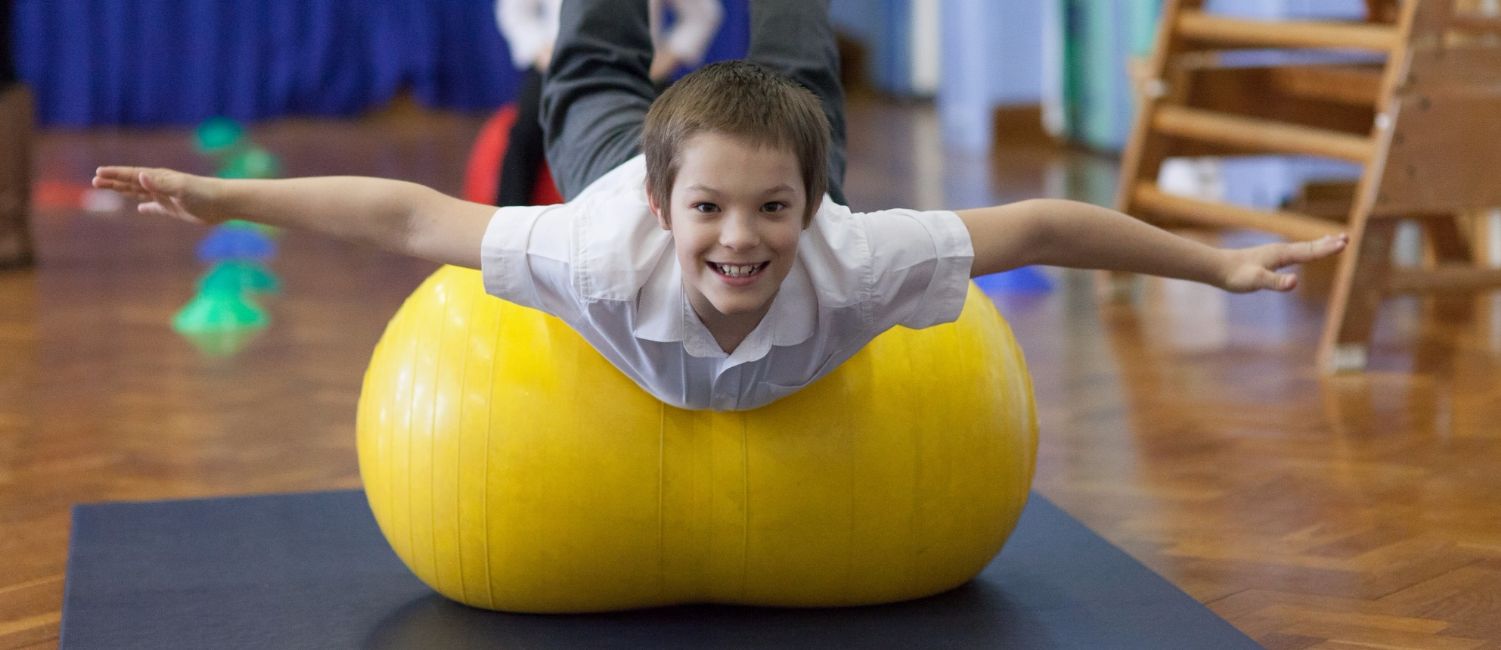
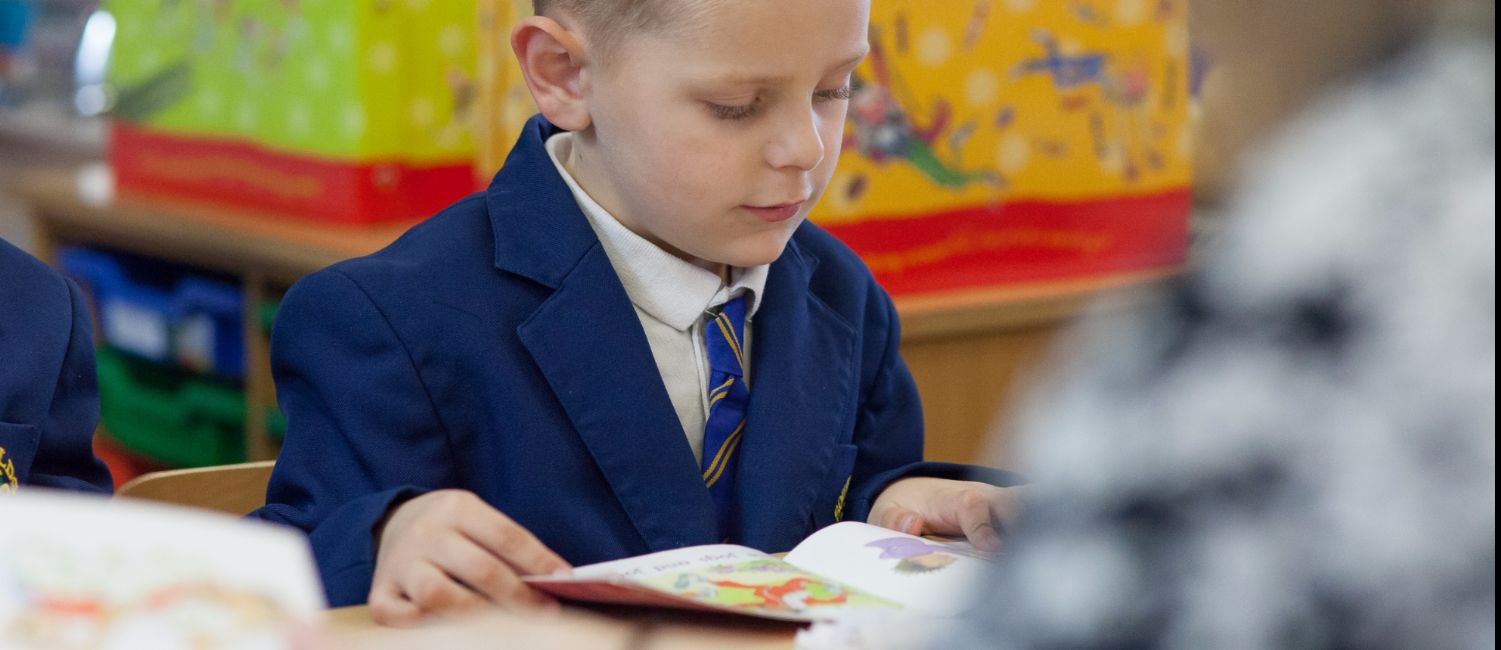
.jpg)
.jpg)
.jpg)
.jpg)
.jpg)
.jpg)







